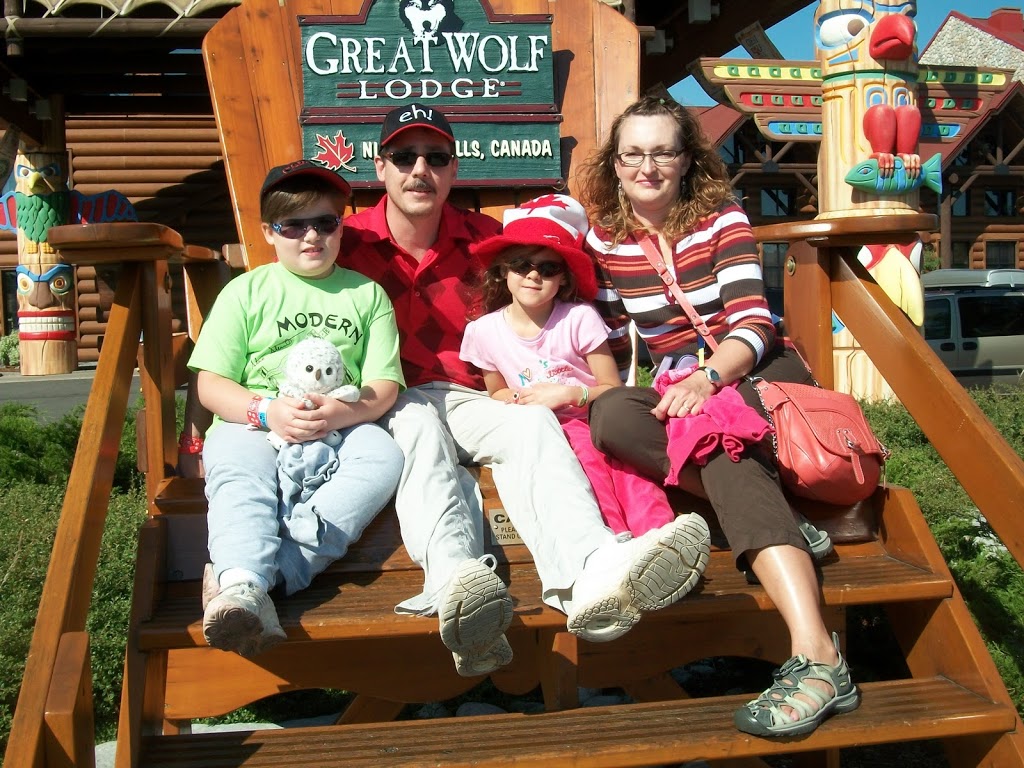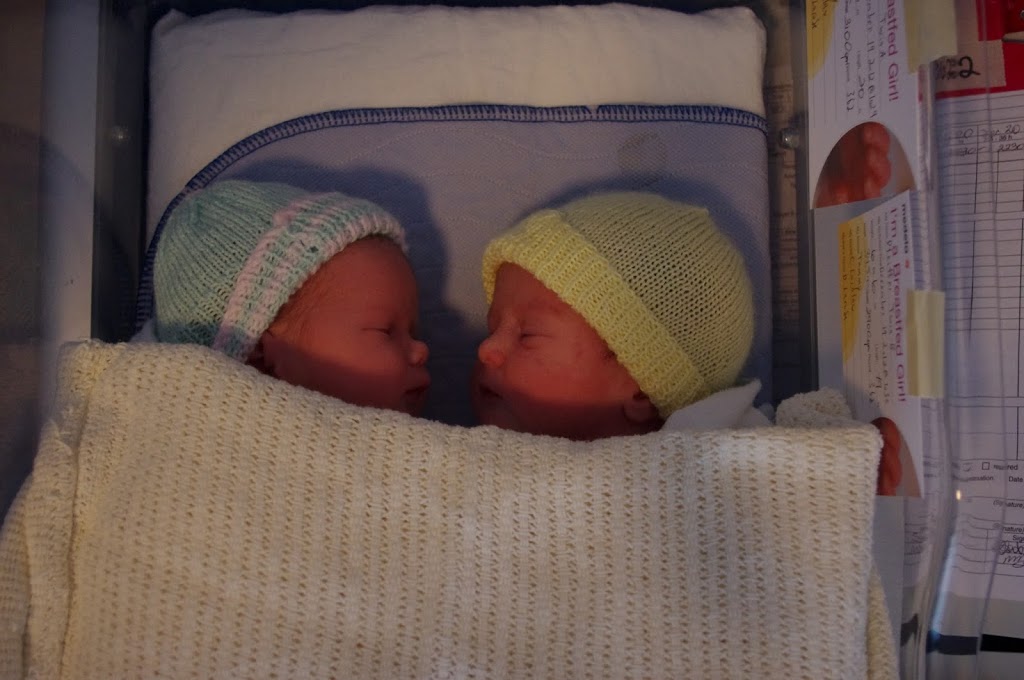
National Adoption Awareness Month
As many of my readers know, ours is a family formed by adoption. I would quite simply not be a parent, if not for this unique and wonderful way of forming a family. I am forever grateful to the London Children’s Aid Society for helping us to become parents. November is National Adoption Awareness Month and today I head to Ottawa, with good friend LeeAnn to speak to the topic of adoption and permanency planning. It is a topic that currently has the eyes and ears of the federal government. Tomorrow I will try to convey all that is needs to change to give Canadian adoptive families the best chances for success. Right now in Canada there are 78,000 children in care and 30,000 of those are legally available for adoption. So why are they waiting? I believe there are several barriers. Key among the barriers is the inequitable employment insurance system in Canada. As it stands right now a biological parent gets 35 weeks of parental leave when they have a child and 15 weeks of maternity leave. The total, whether taken by the father or the mother, is 50 weeks paid leave from their job. Adoptive parents get only the 35 weeks paid leave. That means our children, whether infants or teenagers with fully formed personalities, get less time to bond and settle in to new families. Our argument for change is not based in what the adoptive parent needs, although it is clearly stressful, often psychologically, physically and financially when you adopt. Our argument is for children. All Canadian children should have the same amount of time to attach and bond with their new families. In cases where children come to their families through adoption, there are often additional demands placed on the family and the child. Children come to adoption for various reasons. Our children, whether infants or teenagers, have often been neglected or abused, sexually or physically. They have been compromised prenatally by drugs and alcohol. Many have lifelong grief and loss issues. Many have attachment and trauma issues which have been shown to physically alter the structure of the brain. Where the child is school age, the new parent will spend months setting up a range of supports at school, enrolling them and then arranging all of the new doctors and personnel required to help the child succeed. It can take older children and children with special needs years to begin to feel safe in their new homes. Giving our children less time to bond in new families makes no sense. Our families with infants start out at an even greater disadvantage. Our families who adopt infants are forced to go back to work three months earlier then biological families or take unpaid leave, creating a financial stressor on an already fragile system. It is, in the best interests of all children to give them equal time to bond, supports to move into a new home. What do you think? Are you an adoptive parent that had to go back to work while the other Moms at the drop in group took one full year of paid leave?





One Comment
Kristin Weber
100% in agreement. Since our family is formed of both biological and adopted children, I feel qualified to offer that the challenges that come with adoption DESERVE equal time, if not more. And I would also like to point out that MANY adoptive families adopt sibling groups, in which case it seems ridiculous for them to get less time than a family with a single biological birth.
Children who come to the path of adoption are often already in a position of disadvantage in their life circumstances. I think that equal time off for their parents to bond with them is the least that could be done!